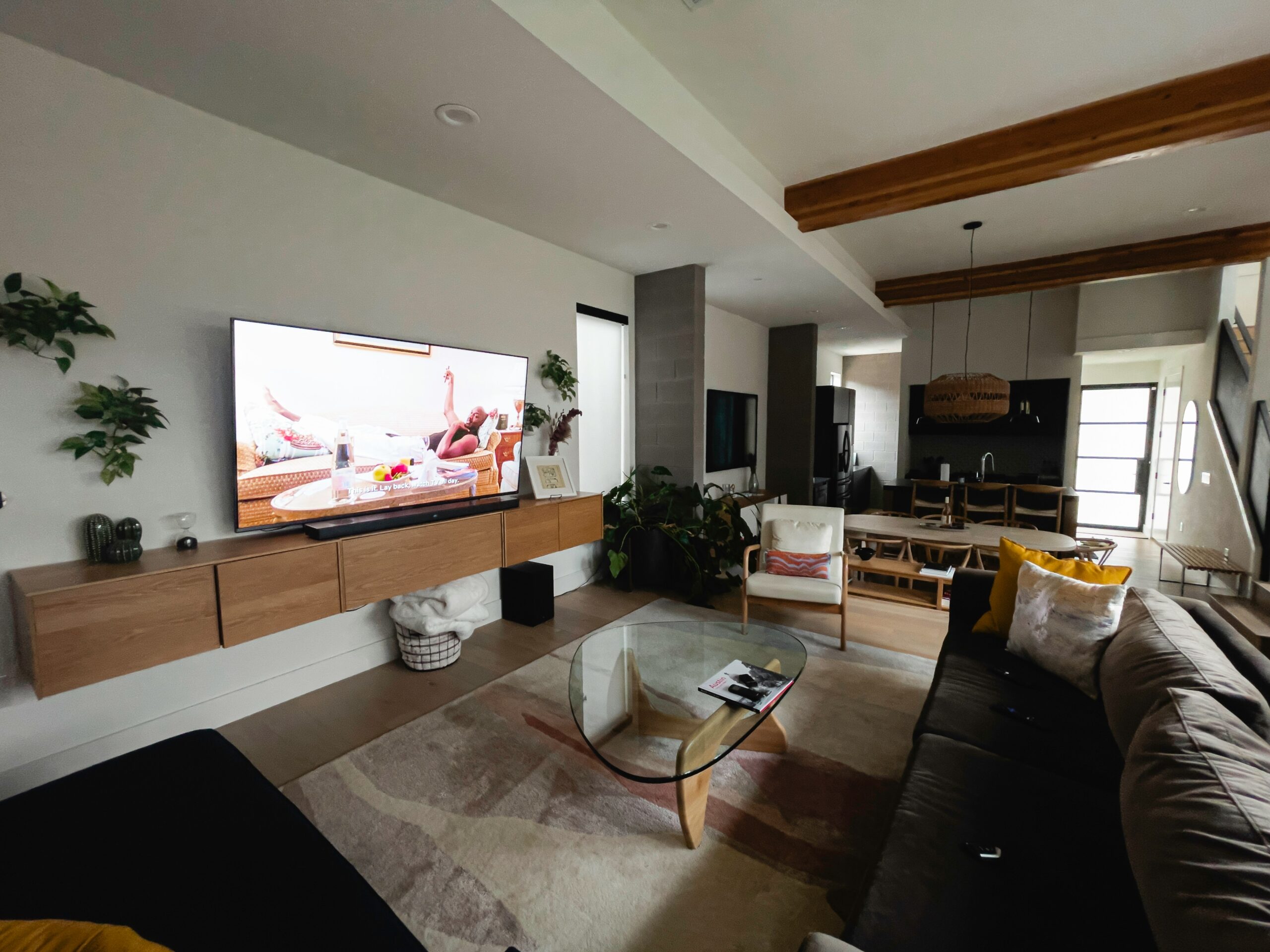In the United States, open-concept floor plans have increased in popularity by 78% over the past decade, according to the National Association of Home Builders. However, while these spacious layouts offer aesthetic appeal and improved social interaction, they present unique challenges in maintaining consistent temperatures throughout large, wall-free areas. Traditional HVAC systems often create uncomfortable hot and cold spots, leaving homeowners frustrated and energy bills soaring. The solution may be simpler and more elegant than many realize.
What Are Mini Split Ceiling Cassettes?
Unlike a conventional bulky air conditioning unit that takes up valuable wall space, a mini split ceiling cassette stays flush with your ceiling, distributing conditioned air evenly while remaining virtually invisible. These systems consist of an outdoor compressor unit connected to one or more indoor ceiling-mounted units. According to recent industry data, homes with mini split ceiling cassette systems report up to 30% more consistent room temperatures compared to traditional forced-air systems. The technology operates by circulating refrigerant between the outdoor and indoor components, efficiently transferring heat in or out of your space depending on the season. Most units feature multi-directional airflow vents that can direct conditioned air exactly where it’s needed most.
Perfect Solution for Open Floor Plans
Open-concept homes create unique airflow patterns that standard HVAC systems struggle to address effectively. The strategic ceiling placement of these cassettes allows for optimal air distribution patterns, eliminating the temperature stratification common in large spaces. Research published in the Journal of Building Engineering shows that ceiling-mounted systems can maintain temperature differences of less than 2°F across open spaces exceeding 1,000 square feet. This remarkable consistency stems from their ability to provide 360-degree airflow distribution, ensuring no corner of your open-concept home suffers from poor temperature control.
Energy Efficiency That Reduces Utility Bills
Rising energy costs make efficiency a top priority for homeowners. The inverter technology in modern mini split systems continuously adjusts cooling and heating output to match the exact needs of your space, rather than the energy-wasting on/off cycling of conventional systems. This precision control translates to impressive savings—studies show homeowners can reduce energy consumption by up to 40% compared to traditional ducted systems. The absence of ductwork eliminates another major source of energy loss, as the U.S. Department of Energy estimates that typical duct systems lose 20-30% of energy through leaks and poor insulation.
Installation and Maintenance Considerations
Professional installation ensures optimal performance of your climate control system. The process typically involves mounting the indoor unit recessed in the ceiling, installing the outdoor compressor in a suitable location, and connecting the two with refrigerant lines and electrical wiring. Maintenance requirements are refreshingly minimal compared to traditional HVAC systems. Regular filter cleaning (typically every 1-3 months), annual professional inspection, and occasional coil cleaning are usually sufficient to keep the system operating at peak efficiency. Many modern units include self-diagnostic features that alert homeowners to potential issues before they become costly problems.
Environmental Benefits Beyond Energy Savings
Today’s environmentally conscious homeowners will appreciate that quality mini split systems use R410A or newer R32 refrigerants, which have zero ozone depletion potential. This represents a significant improvement over older refrigerants that contributed to atmospheric damage. The EPA has recognized ductless mini split systems as an environmentally preferable option for home climate control. Their reduced energy consumption directly translates to lower carbon emissions, as much as 1-2 tons of CO2 per year for the average household making the switch from conventional systems.
Seamless Integration With Any Interior Design
Designers and architects consistently recommend these systems for their ability to preserve the aesthetic integrity of interior spaces. Unlike bulky wall units or intrusive floor vents, ceiling cassettes blend seamlessly with most ceiling designs. Many manufacturers offer customizable grille options that can match various ceiling styles and colors. The slim profile—typically extending just 1-2 inches below the ceiling—maintains the clean lines valued in contemporary open-concept designs. This unobtrusive presence allows homeowners to achieve optimal comfort without compromising their carefully curated interior design aesthetics.
Smart Home Compatibility Enhances Control
The latest generation of ceiling cassette systems integrates seamlessly with popular smart home ecosystems. This compatibility allows homeowners to control temperature settings remotely via smartphone apps, create custom scheduling programs, and even use voice commands through virtual assistants. According to smart home technology surveys, over 60% of users report improved comfort levels and additional energy savings of 5-15% when using intelligent climate control systems with occupancy sensing and geofencing capabilities.
Conclusion: The Clear Choice for Modern Open Spaces
Research studies indicate that HVAC systems account for approximately 50% of a home’s energy consumption, making efficient climate control one of the most impactful upgrades for both comfort and cost savings. The advantages of advanced climate systems extend far beyond basic temperature control. With their superior air distribution, energy efficiency, and design integration, these advanced systems represent the ideal solution for maintaining comfort in contemporary open-concept homes. For homeowners seeking both performance and aesthetics, investing in quality climate control technology delivers returns in comfort, efficiency, and property value for years to come.

